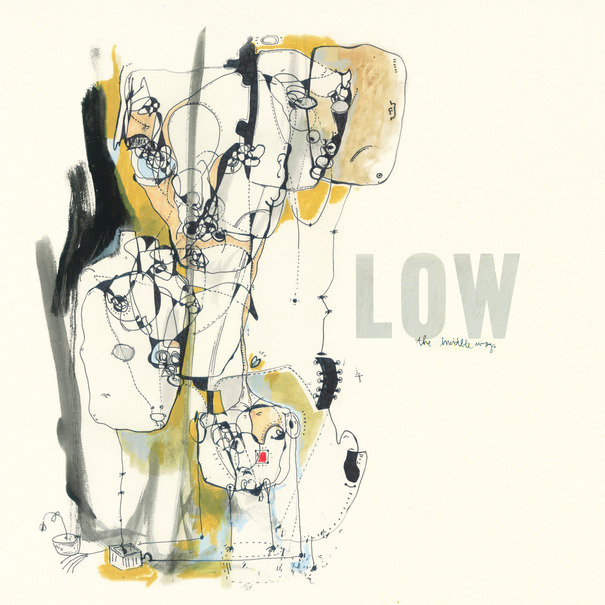 Low's newest record represents, as many past releases do for the band, an intentional and successful return to past ideas. As a listener more entrenched in their early material, this record was a welcome and familiar return to a form I recognized. Alan Sparhawk and Mimi Parker (along with Steve Garrington this time) have decided to craft The Invisible Way with a serious emphasis on empty space and atmosphere by way of Jeff Tweedy, handling production duties, and elevate the subtle country influences of much of their work to the foreground. This is a gorgeous, glacial record that tempts tearful choruses at each slow turn.
Low's newest record represents, as many past releases do for the band, an intentional and successful return to past ideas. As a listener more entrenched in their early material, this record was a welcome and familiar return to a form I recognized. Alan Sparhawk and Mimi Parker (along with Steve Garrington this time) have decided to craft The Invisible Way with a serious emphasis on empty space and atmosphere by way of Jeff Tweedy, handling production duties, and elevate the subtle country influences of much of their work to the foreground. This is a gorgeous, glacial record that tempts tearful choruses at each slow turn.
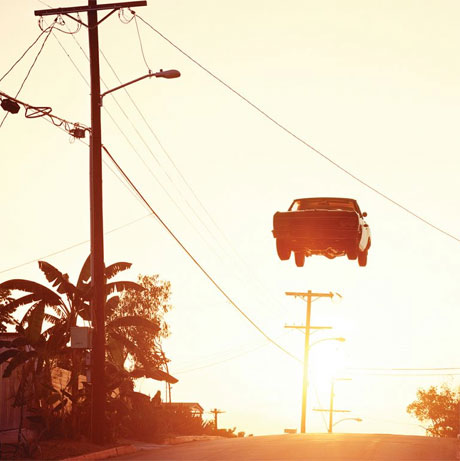 Kinski's first record in a few years sounds like a good band stuck between two polar opposite sides of their own creative influences. This time around, they lean heavy on grungy punk rock and fast tempos, leaving much of the slower bits to stagnate. The guitar work, whose slow burn melodies always seemed like a savvy subversion of their normally intended purpose, are played straight for most of the songs to compliment the lyrics. While this is definitely a new direction for the band, it is hard to say if it will be embraced by fans who preferred these elements more subtly.
Kinski's first record in a few years sounds like a good band stuck between two polar opposite sides of their own creative influences. This time around, they lean heavy on grungy punk rock and fast tempos, leaving much of the slower bits to stagnate. The guitar work, whose slow burn melodies always seemed like a savvy subversion of their normally intended purpose, are played straight for most of the songs to compliment the lyrics. While this is definitely a new direction for the band, it is hard to say if it will be embraced by fans who preferred these elements more subtly.
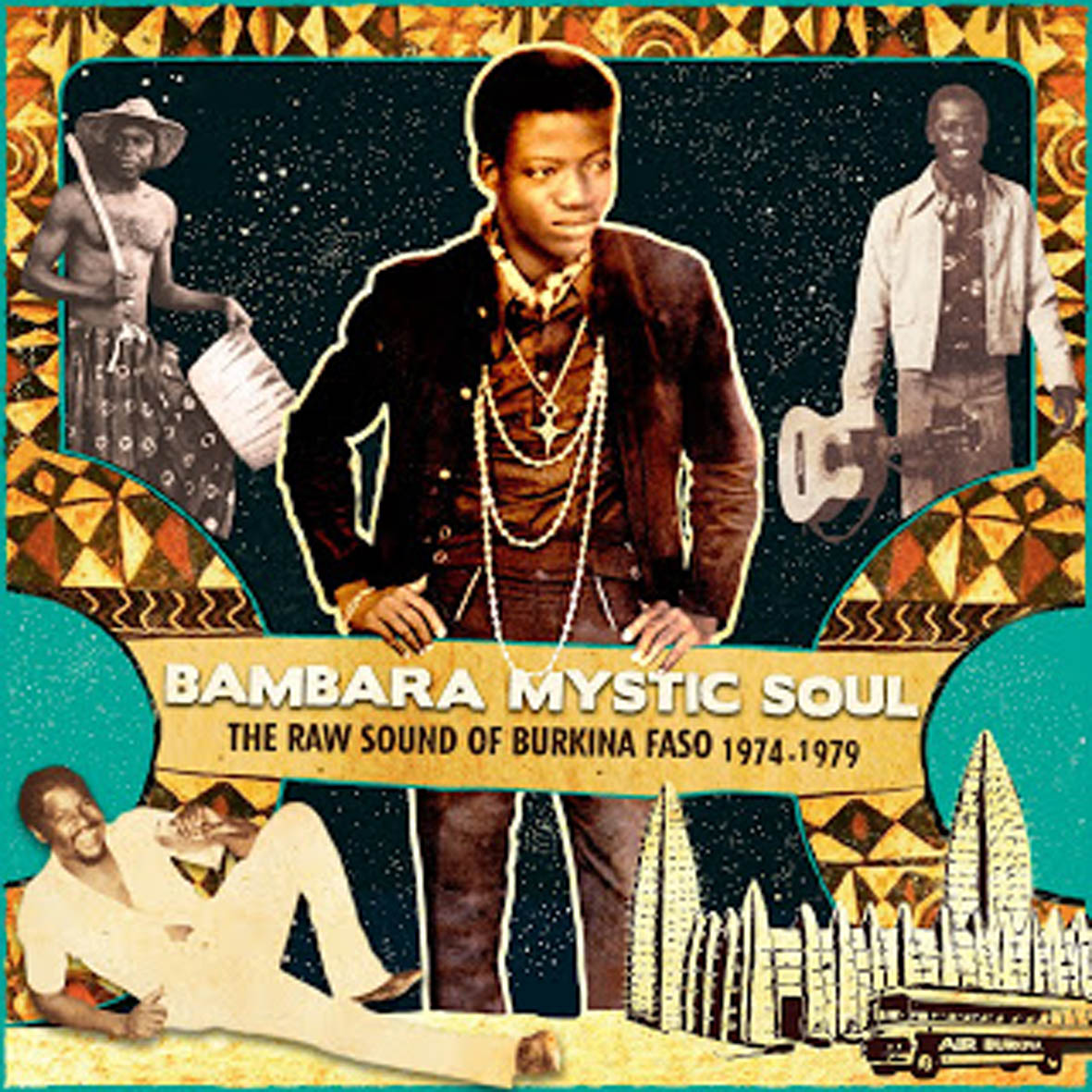 Situated right in the middle of West Africa's musical hotbed (Ghana and Nigeria are close neighbors), the country of Burkina Faso has remained relatively unanthologized thus far, a situation that Analog Africa's Samy Ben Redjeb decided to remedy after hearing Amadou Ballaké's "Renouveau."  Unfortunately, Ballaké was not exactly the tip of a great iceberg of undiscovered brilliance–he was very nearly the entire damn iceberg.  That said, there are definitely a few other good songs by other artists on Bambara Mystic Soul, but almost half of the album is consumed by Ballaké and he is very much the star of the show (deservedly).
Situated right in the middle of West Africa's musical hotbed (Ghana and Nigeria are close neighbors), the country of Burkina Faso has remained relatively unanthologized thus far, a situation that Analog Africa's Samy Ben Redjeb decided to remedy after hearing Amadou Ballaké's "Renouveau."  Unfortunately, Ballaké was not exactly the tip of a great iceberg of undiscovered brilliance–he was very nearly the entire damn iceberg.  That said, there are definitely a few other good songs by other artists on Bambara Mystic Soul, but almost half of the album is consumed by Ballaké and he is very much the star of the show (deservedly).
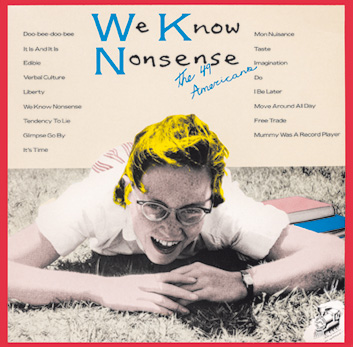 The 49 Americans were a collision of proficient, working musicians and enthusiastic amateurs, one of many projects in the often improvised history of the London Musicians Collective. The inspired, thoughtful, jaunty tunefulness of We Know Nonsense is partly inspired by Julie Andrews.
The 49 Americans were a collision of proficient, working musicians and enthusiastic amateurs, one of many projects in the often improvised history of the London Musicians Collective. The inspired, thoughtful, jaunty tunefulness of We Know Nonsense is partly inspired by Julie Andrews.
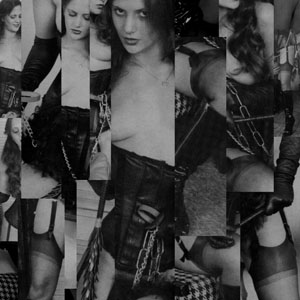 On this terse (ten minutes exactly) little 7" single, Canada's master of harsh noise walls indulges in his sonic obsessions once again. Sam McKinlay proves that for a style associated with monochromatic approaches, there is much more to be explored, even if edges just so slightly into uncomfortable.
On this terse (ten minutes exactly) little 7" single, Canada's master of harsh noise walls indulges in his sonic obsessions once again. Sam McKinlay proves that for a style associated with monochromatic approaches, there is much more to be explored, even if edges just so slightly into uncomfortable.
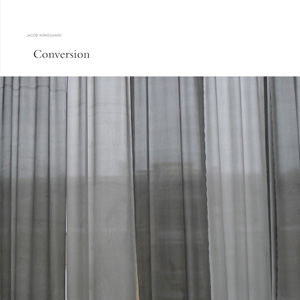 As an artist, Kirkegaard has made it his focus to create art that is as disconnected from emotion or traditional musicality as possible. Which makes the premise for this album all the more compelling: two of his previous works are rearranged and presented using classical instrumentation by the Scenatet ensemble. The resulting work is much more akin to his initial compositions than a traditional classical recording.
As an artist, Kirkegaard has made it his focus to create art that is as disconnected from emotion or traditional musicality as possible. Which makes the premise for this album all the more compelling: two of his previous works are rearranged and presented using classical instrumentation by the Scenatet ensemble. The resulting work is much more akin to his initial compositions than a traditional classical recording.
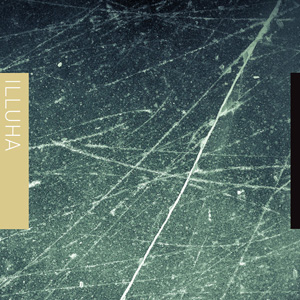 Acting as its title would indicate as a bridge between their debut work, Shizuku, and an upcoming second effort, Interstices is a mix of improvisations, sketches, and experimentation that was all captured live. It does not come across as a taut, conceptual album focused on composition, nor is it consistently random or unfocused. Instead it is a slow drift through experimentation and improvisation that at times feels a bit random, but comes together quite well.
Acting as its title would indicate as a bridge between their debut work, Shizuku, and an upcoming second effort, Interstices is a mix of improvisations, sketches, and experimentation that was all captured live. It does not come across as a taut, conceptual album focused on composition, nor is it consistently random or unfocused. Instead it is a slow drift through experimentation and improvisation that at times feels a bit random, but comes together quite well.
 There are certainly a number of fine labels currently trawling record bins in Jamaica, Africa, South America, and Southeast Asia in search of great lost, unheard, or forgotten music, but Soundway compilations (particularly the African ones) are almost always my favorites.  The reason for that is quite simple: Miles Cleret and his collaborators are especially adept at 1.) knowing a great song when they hear it,  and 2.) making damn sure that there are a number of such songs on every single collection they release.  Unsurprisingly, Kenya Special continues that hot streak, being every bit as essential as their classic Ghana and Nigeria collections.
There are certainly a number of fine labels currently trawling record bins in Jamaica, Africa, South America, and Southeast Asia in search of great lost, unheard, or forgotten music, but Soundway compilations (particularly the African ones) are almost always my favorites.  The reason for that is quite simple: Miles Cleret and his collaborators are especially adept at 1.) knowing a great song when they hear it,  and 2.) making damn sure that there are a number of such songs on every single collection they release.  Unsurprisingly, Kenya Special continues that hot streak, being every bit as essential as their classic Ghana and Nigeria collections.
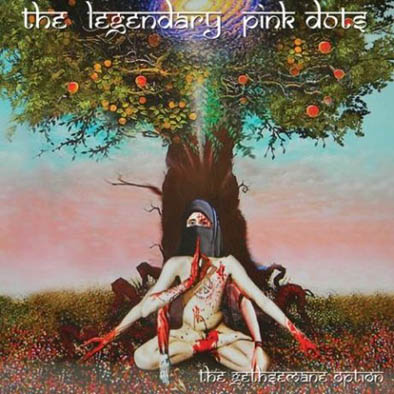 To the casual observer, it probably seems like either Edward Ka-Spel or The Legendary Pink Dots release (or re-release) an album just about every other week these days, but there has not actually been a major new LPD album since 2010's oft-brilliant Seconds Late for the Brighton Line.  While The Gethsemane Option does not quite measure up to that illustrious predecessor, it still boasts enough high points to make serious fans fairly happy.  Less serious fans probably only need to hear a few of the better pieces, but it is clear that Ka-Spel and company set out to deliver a coherent, deliberately sequenced album-sized dose of their signature skewed psychedelia and that its shortcomings are mostly the result of over-ambition.
To the casual observer, it probably seems like either Edward Ka-Spel or The Legendary Pink Dots release (or re-release) an album just about every other week these days, but there has not actually been a major new LPD album since 2010's oft-brilliant Seconds Late for the Brighton Line.  While The Gethsemane Option does not quite measure up to that illustrious predecessor, it still boasts enough high points to make serious fans fairly happy.  Less serious fans probably only need to hear a few of the better pieces, but it is clear that Ka-Spel and company set out to deliver a coherent, deliberately sequenced album-sized dose of their signature skewed psychedelia and that its shortcomings are mostly the result of over-ambition.
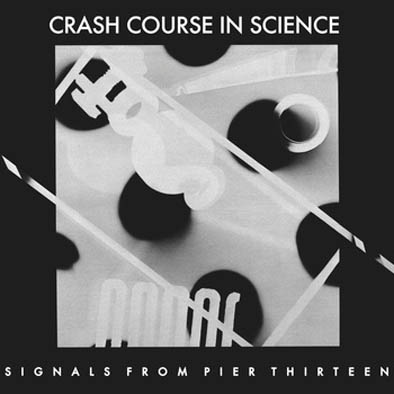 No one could ever say that the short-lived late '70s/early '80s minimal wave scene had a shortage of weirdos or eccentrics, categories in which this Philadelphia trio were prize specimens.  Fortunately, they were also kind of brilliant and have been remarkably influential for a band that only managed to release seven songs before breaking up.  While their more unhinged debut 7"certainly had its moments, this 1981 EP contains their two most enduring classics.
No one could ever say that the short-lived late '70s/early '80s minimal wave scene had a shortage of weirdos or eccentrics, categories in which this Philadelphia trio were prize specimens.  Fortunately, they were also kind of brilliant and have been remarkably influential for a band that only managed to release seven songs before breaking up.  While their more unhinged debut 7"certainly had its moments, this 1981 EP contains their two most enduring classics.



